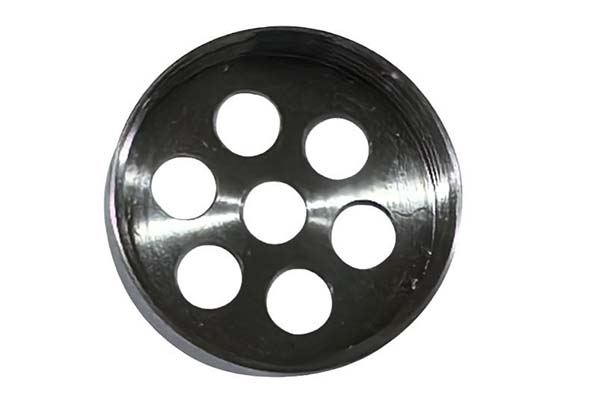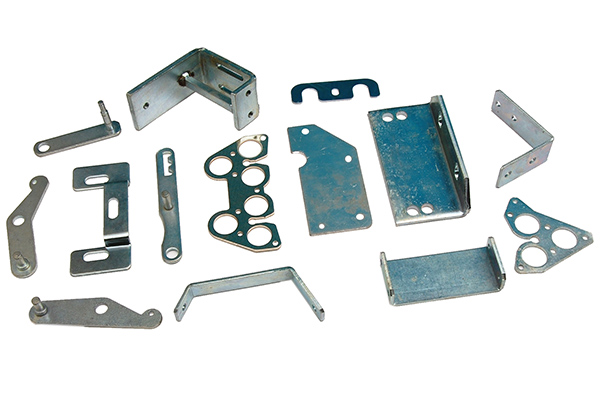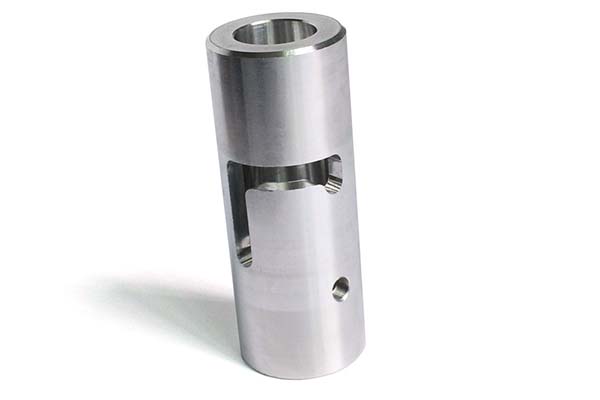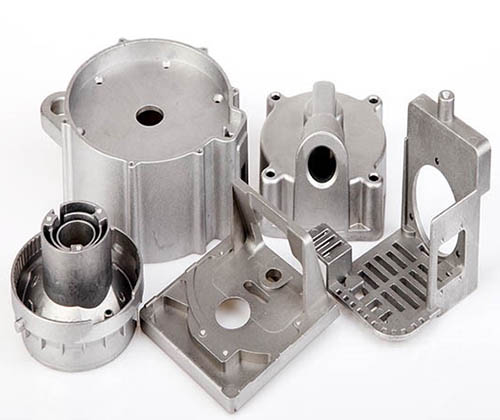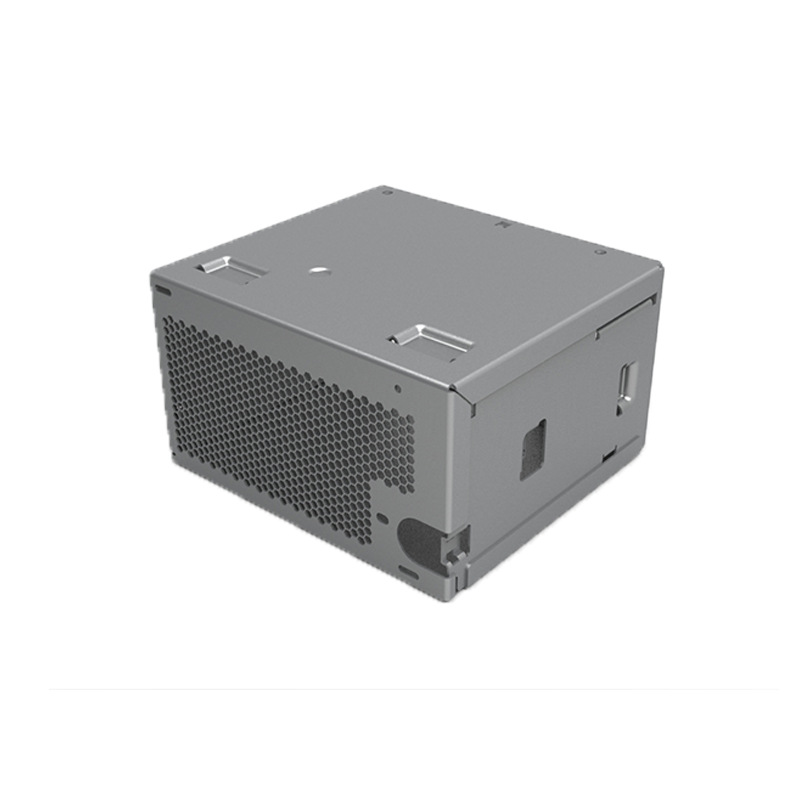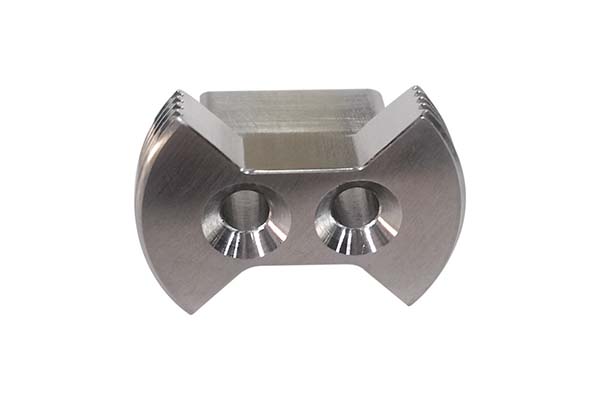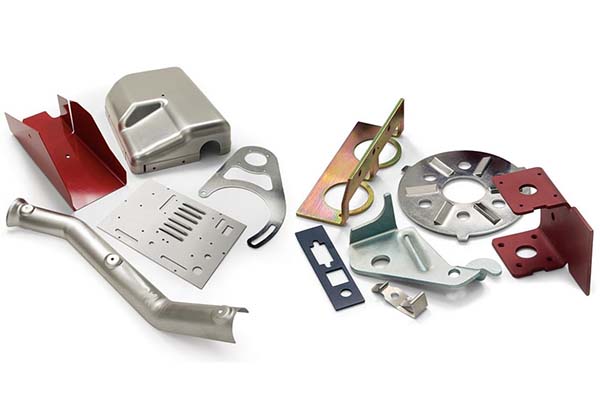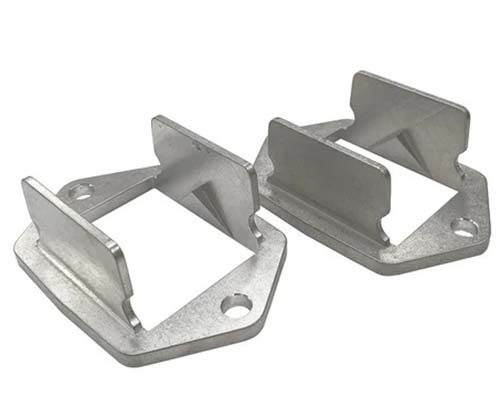Introduction
In the realm of metal casting, manufacturers often face a series of challenges when working with specific alloys. For those dealing with lead-based alloys, common pain points include ensuring consistent material purity in large production runs, balancing casting fluidity with dimensional accuracy, and navigating the unique handling requirements due to lead's properties. Additionally, finding a die casting process that optimizes cycle time while maintaining high quality can be a struggle, especially when producing parts with complex geometries. This article aims to address these issues by delving into the material properties, die casting processes, applications, and performance benefits of lead-based alloys in die casting.
Material Properties of Lead-Based Alloys
Composition and Key Elements
Lead-based alloys are primarily composed of lead, with other alloying elements such as tin and antimony added to enhance their properties. The alloy composition varies depending on the intended application, but many formulations leverage eutectic composition—a mixture where the melting point is lower than that of the individual components. This eutectic structure improves casting fluidity, making the alloy easier to inject into complex die cavities. For example, a lead-tin-antimony alloy with a eutectic composition melts at around 183°C, significantly lower than pure lead's melting point of 327°C, which simplifies the casting process.
Mechanical Properties
- Tensile Strength and Yield Strength: Lead-based alloys exhibit moderate tensile strength and yield strength, which are influenced by their composition. Alloys with higher antimony content tend to have greater strength. For instance, a lead alloy containing 5% antimony can have a tensile strength of 15 - 20 MPa, compared to pure lead's 12 MPa. This makes them suitable for applications where moderate strength is sufficient, such as in some plumbing components and bearings.
- Elongation and Hardness: These alloys have low elongation, meaning they are relatively brittle and do not deform much before breaking. However, their hardness can be adjusted by varying the alloying elements. Adding antimony increases hardness, which is beneficial for parts like bushings that need to resist wear. A lead-antimony alloy with 10% antimony can have a Brinell hardness of 15 - 20, compared to pure lead's 5 - 8.
Physical Properties
- Thermal and Electrical Conductivity: Lead-based alloys have low thermal conductivity and electrical conductivity compared to metals like copper or aluminum. This property makes them useful in applications where electrical insulation or heat resistance is required, such as in certain electrical connectors and lighting fixtures.
- Density and Specific Gravity: With a high density (around 11.3 g/cm³ for pure lead), lead-based alloys are relatively heavy. Their specific gravity is higher than many other common casting alloys, which can be an advantage in applications where weight is needed for stability, such as in some industrial equipment components.
- Corrosion Resistance and Casting Fluidity: These alloys offer good corrosion resistance, especially in environments with moisture, making them ideal for plumbing components like valves and fittings. Their excellent casting fluidity allows them to fill intricate die designs, ensuring high-detail reproduction in parts such as decorative items and electrical connectors.
Die Casting Process for Lead-Based Alloys
Die Design and Mold Materials
- Die Design Considerations: Die design for lead-based alloy die casting must account for the alloy's low melting point and high fluidity. Gating system and venting are crucial to prevent air entrapment, which can cause porosity in the final part. Draft angles are typically smaller (0.5° - 1°) than for other alloys due to lead's low adhesion to mold surfaces. Parting lines are carefully positioned to ensure smooth part ejection and minimize post-processing.
- Mold Materials: Molds for lead-based alloys are often made of hot-work tool steels, such as H13, which can withstand the relatively low temperatures involved. These mold materials offer good thermal stability and wear resistance, ensuring long mold life even in high-volume production.
Injection and Cooling Parameters
- Injection Speed and Pressure: Hot-chamber die casting is commonly used for lead-based alloys due to their low melting point. The injection speed is moderate (1 - 5 m/s) to avoid turbulence, which can introduce defects. Injection pressure ranges from 5 - 30 MPa, depending on the part complexity and thickness. Higher pressures are used for thin-walled parts to ensure proper filling.
- Cooling Rate and Cycle Time: The cooling rate is controlled to ensure proper solidification without cracking. Since lead-based alloys solidify quickly, cycle time is short, often ranging from 10 - 30 seconds. This rapid production cycle contributes to their suitability for high-volume production.
Post-Casting Treatment and Quality Control
- Post-Casting Treatment: After casting, parts may undergo post-casting treatment such as trimming to remove excess material, cleaning to remove die lubrication residues, and sometimes plating for enhanced corrosion resistance. For critical applications like medical devices, additional testing for material purity is performed.
- Quality Control: Quality control measures include visual inspections for surface defects, dimensional checks to ensure dimensional accuracy, and testing for mechanical properties. X-ray or ultrasonic testing may be used to detect internal defects. Die maintenance is also essential to maintain part quality over time, involving regular cleaning and repair of ejector pins and other wear components.
Applications of Lead-Based Alloy Die Casting
Industrial and Plumbing Applications
- Plumbing Components: Lead-based alloys are widely used in plumbing components such as valves, fittings, and bearings due to their corrosion resistance and ease of machining. Their ability to form tight seals makes them reliable in water systems.
- Industrial Equipment: In industrial equipment, these alloys are used for bushings, bearings, and fittings where their wear resistance and low friction properties are beneficial. They are also found in pumps and compressors for their ability to withstand moderate pressures.
Electrical and Automotive Uses
- Electrical Connectors: Their low electrical conductivity makes lead-based alloys suitable for electrical connectors where insulation is needed. They provide good contact stability and are cost-effective for high-volume production.
- Automotive Parts: While less common in modern vehicles due to environmental concerns, lead-based alloys are still used in some automotive parts such as seals and gaskets, where their malleability and corrosion resistance are advantageous.
Other Applications
- Medical Devices: Some medical devices use lead-based alloys for radiation shielding due to lead's ability to absorb radiation. However, strict regulations ensure that these parts are safely encapsulated to prevent lead exposure.
- Decorative Items and Architectural Elements: The excellent casting fluidity of lead-based alloys allows for intricate designs in decorative items and architectural elements such as balusters and moldings.
Performance and Benefits of Lead-Based Alloy Die Casting
Cost-Effectiveness and Production Efficiency
- Low-cost manufacturing is a key benefit, as lead is relatively inexpensive compared to other metals. The rapid production cycle and suitability for hot-chamber die casting reduce labor and energy costs, making them ideal for high-volume production.
- Rapid prototyping is possible with lead-based alloys, allowing for quick design iterations and faster time - to - market for new products.
Dimensional Accuracy and Versatility
- These alloys offer high dimensional accuracy and a smooth surface finish, reducing the need for extensive post-processing. Their ability to form complex geometries makes them versatile for a wide range of applications, from small electrical connectors to larger industrial equipment components.
- Customizability is another advantage, as alloy compositions can be adjusted to meet specific mechanical or physical property requirements.
Yigu Technology's Perspective
As a leading parts custom manufacturing supplier, Yigu Technology understands the unique advantages of lead-based alloy die casting for specific applications. Our expertise in die design and process optimization ensures that we deliver parts with dimensional accuracy and consistent quality. We adhere to strict environmental and safety standards in handling lead-based alloys, ensuring compliance with regulations. Whether for plumbing components, electrical connectors, or custom parts, our state-of-the-art facilities and experienced team provide reliable, cost-effective solutions for your die casting needs.
FAQs
- Are lead-based alloys safe for use in consumer products?
- While lead is toxic, when properly encapsulated or used in applications where human contact is minimal (such as in sealed plumbing components), lead-based alloys can be used safely. Strict regulations govern their use in consumer products to prevent exposure.
- What is the difference between hot-chamber and cold-chamber die casting for lead-based alloys?
- Hot-chamber die casting is preferred for lead-based alloys due to their low melting point, as the molten metal is kept in a heated chamber, reducing cycle time. Cold-chamber die casting is used for higher melting point alloys and is less common for lead-based ones.
- How do lead-based alloys compare to other die casting alloys in terms of corrosion resistance?
- Lead-based alloys offer good corrosion resistance in moist environments, outperforming some aluminum alloys but not as good as stainless steel. This makes them suitable for plumbing and marine applications where moisture is a concern.
